Laguna Pueblo

Laguna Pueblo
A PHOTOGRAPHIC HISTORY
Lee Marmon  Tom Corbett
Tom Corbett

2015 by Lee Marmon and Tom Corbett
All rights reserved. Published 2015
Printed in China
20 19 18 17 16 15 1 2 3 4 5 6
The Library of Congress has cataloged the printed edition as follows:
Marmon, Lee.
Laguna pueblo : a photographic history / Lee Marmon and Tom Corbett.
First edition.
pages cm
Includes index.
ISBN 978-0-8263-5535-5 (cloth : alk. paper) ISBN 978-0-8263-5536-2
(electronic)
1. Laguna IndiansHistory. 2. Laguna IndiansPictorial works.
3. Laguna (N.M.)Pictorial works. I. Corbett, Tom, 1938 II. Title.
E99.L2.M35 2014
978.991dc23
2014018325
Cover Photograph: Clouds over the Malpais , by Lee Marmon, 1985
The stark beauty of the Malpais (badlands) is accented in this photograph by the striking cloud formations and the rainstorm in the distance. Characterized by sandstone cliffs and valleys of lava rock, the area was once roamed by the Lagunas. They used the area for hunting, religious ceremonies, and as a place of refuge from enemies. The area is now managed by the National Park Service.
Lee Marmon photographs courtesy the Lee Marmon Pictorial Collection (Collection #2000-017), Center for Southwest Research, University Libraries, University of New Mexico.
This book is dedicated to the Laguna peoplepast, present, and future .
With a special note to young people:
You are composed of parts from each of your ancestors
To know who you are, you must know who they were
To know where you are going, you must know where they have been
CONTENTS
PREFACE
When the manuscript for this book was in the final stages, we asked several family members and friends to read and comment on it. A unanimous suggestion was that we write a preface explaining our backgrounds, the driving force behind our friendship, and how we eventually came to coauthor this historical book.
We were somewhat surprised by this suggestion but were reminded that over the years, we have always been there to assist each other in a number of ways, even though we have greatly different backgrounds and personalities. One reviewer suggested that people may ask, Why are these very different people such good friends, and why did they decide to write a book together?
To tell who we are, we present the following biographies and history.
Lee Marmon
Most readers of this book will already know Lee Marmon as the premier Native American photographer of his generation and will be familiar with his famous image White Mans Moccasins . Since 1947, Lee has taken over one hundred thousand photographs documenting the history of the Laguna people and their tribal neighbors as well as the changes that have redrawn the contours of their culture over the past sixty-five years.
Lesser known about Lee is that he comes from a fascinating multicultural background. Born in Laguna Pueblo in New Mexico in 1925, he is the son of Henry Anaya Marmon and grandson of Robert Gunn Marmon, whose story is told in , The Marmon Battalion. Lees mother, Lily Ann Stagner Marmon, was of mixed Spanish and German ancestry.
Lee grew up in Laguna Pueblo in the area adjacent to the main village. He loved books and began reading when he was four years old. He first attended school on the old Presbyterian compound. His mixed background exposed him to cultural conflicts, even early in life. Lee recalls,
I was a pretty mean kid when I was growing up. I didnt care much for school, either. We all went to class in a one-room school. When I was about eight years old, my brother Polly and I would sneak out of class while the teacher wasnt looking. We would go rabbit hunting with the rifle I had hid in the bushes near the school. I guess thats why Im not very good at math!
One Sunday while we were in church, the pastor scolded us for talking. So that evening we got even by sneaking into the church when no one was around. We gathered up all the hymnbooks and burned them up in the wood stove!
Lees rebellious nature, free-spirit grit, and zest for independence were evident at an early age. At age nine, he was sent to live with his Grandmother Stagner so he could attend school in Albuquerque. Upset one day because his grandmother did not have his favorite crackers, he decided to walk back home to Laguna, a distance of fifty miles. It was December, and by the time he got past Nine Mile Hill on the western edge of Albuquerque, it was getting dark and cold. Parts of the old Route 66 were still under construction at the time, and one of the construction workers from Laguna, as he was driving home, recognized young Lee in his light fall jacket and drove him the rest of the way back to the pueblo. If not for the construction worker, Lee might have frozen to death that night on the desolate West Mesa.
After graduating from Grants High School, Lee joined the army and served in the Aleutian Islands. While on the ship to Alaska, Lee admired the scenery and wished hed had a camera to send photos home to his folks. This rekindled his childhood interest in and appreciation for photography. Upon returning home, he worked for his father at the Marmon Trading Post. It was during this time that his career in photography began to blossom. The rest of the story of his introduction to photography is told later in this book.
In 1966, Lee left Laguna to take a position in Palm Springs, California, as the principal photographer for the Bob Hope Desert Classic, a tournament that attracted top golf pros, including Arnold Palmer, Jack Nicklaus, Lee Trevino, and Johnny Millerplus a host of dignitaries, executives, and celebrities, from Frank Sinatra to former presidents Ford and Nixon, and Bob Hope himself, all to support local charities.
In 1982, Lee returned to Laguna and has lived there ever since. He and his wife, Kathy, live in the old Santa Fe railroad station that has been converted into their home. An old outbuilding (previously used as a bathhouse for the Depression-era motor court built by his Grandfather Stagner) on the property serves as his photographic laboratory.
Tom Corbett
Born in Chicago in 1938 to parents of Irish and German heritage, Tom spent his early years in the upscale Chicago suburb of Wilmette. His father, forty-two years his senior, retired from his job as writer and editor for the Chicago Tribune when Tom was nine. His family then moved to rural Michigan, to six acres on a bluff overlooking Lake Michigan five miles north of the Benton HarborSt. Joseph area.
It was there he learned to hunt and fish and to love the solitude of the outdoor world. He spent many hours walking the Lake Michigan shoreline and adjacent woods. It became his way of isolating himself from societal pressures.
Tom attended local high schools for three years and spent one year at Phillips Academy in Andover, Massachusetts. Ann Arbor was his second home while he attended the University of Michigan for undergrad, medical school, and subsequent professional training.


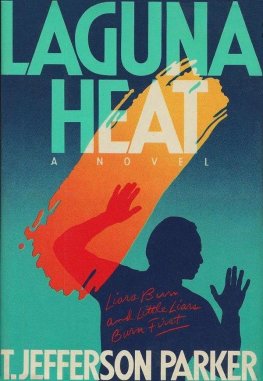
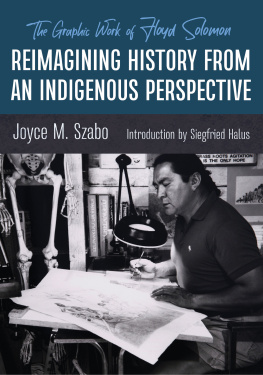
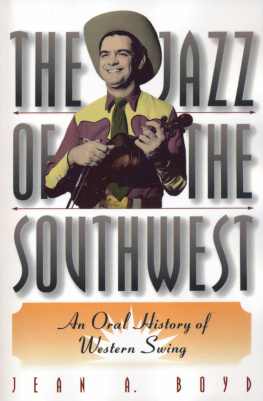

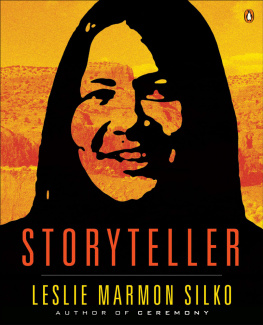
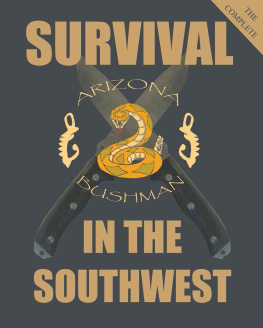
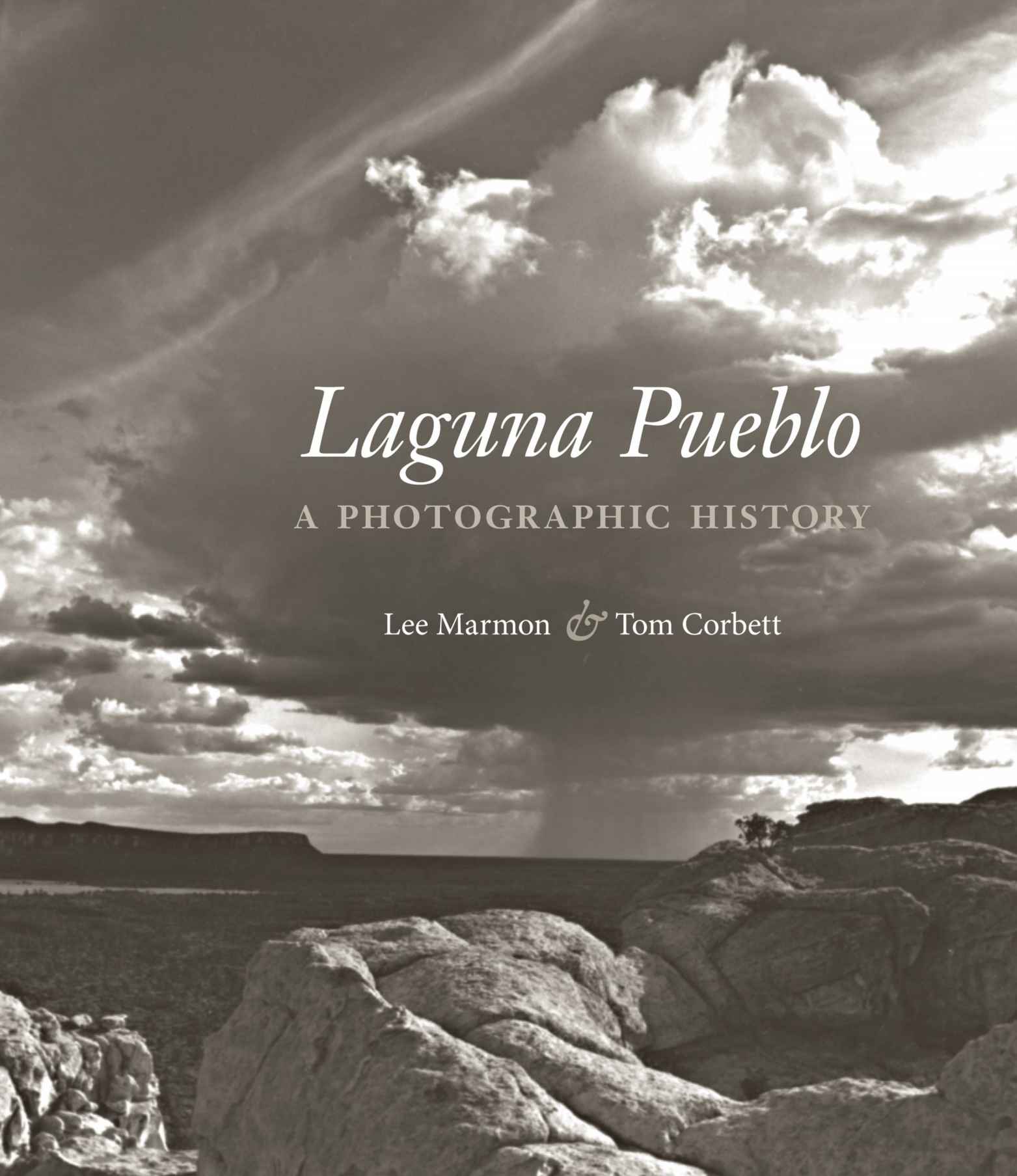

 Tom Corbett
Tom Corbett